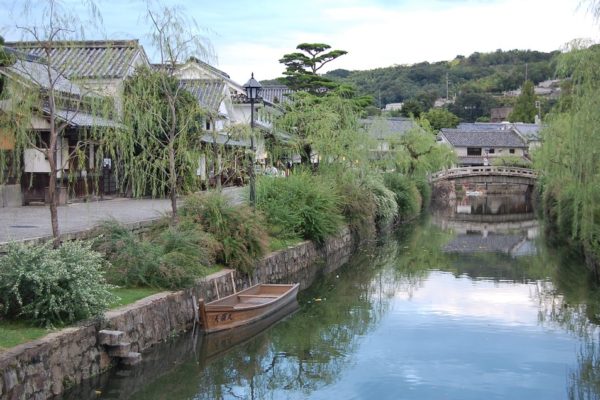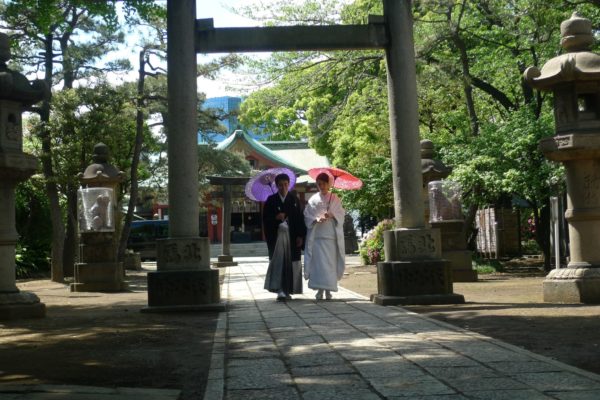Here’s a list of 7 things that are good to know about Japanese toilets!
1. There are 3 types of toilets in Japan
Most Westerners are familiar with two types of toilets: the standard sitting toilet bowl, and the urinal which is available for men and boys. However, in Japan and most other Asian countries, there is a third type: the squatting toilet. Known in Japan as the “washiki” (和式) type, it consists of a ceramic hole in the floor, and the user squats over it to do their business. While most toilets in Japan are now the sitting type, known as “yoshiki” (洋式), the “washiki” type toilets can still be found in older buildings and homes.
2. Toilet slippers
When visiting someone’s home or a traditional restaurant where you take off your shoes to wine and dine in tatami rooms, there will be special slippers available for anyone who visits the loo. The Japanese believe that washrooms are dirty with lots of bacteria, so they encourage people to change into toilet-only slippers when using the washroom. Take note to change back once you’re done, it’s a major faux pas in Japan to walk around the rest of the house in toilet slippers!
3. Otohime
One of the coolest things about Japanese toilets is probably the “otohime” (音姫), translated literally as the “sound princess”. The name is derived from an underwater princess from a Japanese folktale, but is now ubiquitous in the modern washroom. The “otohime” is a small button, usually located in the washlet panel, that plays a soundtrack of running water. The Japanese think it impolite for others to hear the sound of you doing your business, so the “otohime” is used to hide those embarrassing noises. Try it out the next time you visit Japan!
4. A spa experience
This one’s for the ladies! In more upscale restaurants, stores, or salons, visiting the washroom on the premises will make you feel like a pampered princess. Washrooms in these places are usually stocked with everything you’ll need to freshen up. That includes items like cotton pads, cotton buds, and soft tissues if you’d like to touch up your make-up, as well as hand sanitizers, hand creams, and sometimes even small bottles of perfume, all free for use. All these are available because most Japanese women spend a few minutes after using the bathroom to reapply their make-up, so if you see them, don’t hesitate to doll yourself up before you head out to face the world again!
5. Washlet unit
The washlet unit is probably one of the best intriguing things to see when visiting a Japanese bathroom. Consisting of a washlet nozzle located inside the bowl and a control panel either next to the seat or installed on the cubicle wall, this washlet unit is used to clean your bits after you’ve finished your business. There are buttons to choose which areas you’d like to wash, how strong the nozzle sprays water, and even if you’d like the water to move in a pattern for a more thorough cleaning. A word of advice: remember to find out where the stop button is before trying the washlet out! The first time can be quite a bit of a shock, so it’s always good to know how to stop the spray of water if the experience is too much for you!
6. Heated seats
It can get quite chilly in Japan, especially during the winter months from January to February in the northern prefectures, and there is no worse way to start your day than bracing yourself to take a seat on the freezing toilet seat. But most modern toilets now come equipped with a heating unit. Just press a button and the automated unit will keep the toilet seat nice and toasty for you, 24/7. It certainly makes going to a washroom a much more comfortable experience.
7. AI toilets
Having talked about washlet units and heated seats, you may think that Japanese toilets are really high-tech. However, those technologies have been around for ages, and new wonders are always being developed and installed in toilets all over Japan. Some of the newest models of toilets have amazing features, such as a toilet lid that opens and closes automatically by sensing the presence of people who enter the cubicle, and toilets which flush by themselves once you get off the seat. There are even some toilets that speak to you, so don’t be surprised the next time you enter a toilet in Japan and are greeted by a pleasant voice welcoming you to take a dump!
Remember these to enjoy your trip to the washroom next time you visit Japan!



